pyrex.antenna.Antenna¶
-
class
pyrex.antenna.Antenna(position, z_axis=(0, 0, 1), x_axis=(1, 0, 0), antenna_factor=1, efficiency=1, noisy=True, unique_noise_waveforms=10, freq_range=None, temperature=None, resistance=None, noise_rms=None)¶ Base class for antennas.
Stores the attributes of an antenna as well as handling receiving, processing, and storing signals and adding noise.
- Parameters
- positionarray_like
Vector position of the antenna.
- z_axisarray_like, optional
Vector direction of the z-axis of the antenna.
- x_axisarray_like, optional
Vector direction of the x-axis of the antenna.
- antenna_factorfloat, optional
Antenna factor used for converting electric field values to voltages.
- efficiencyfloat, optional
Antenna efficiency applied to incoming signal values.
- noisyboolean, optional
Whether or not the antenna should add noise to incoming signals.
- unique_noise_waveformsint, optional
The number of expected noise waveforms needed for each received signal to have its own noise.
- freq_rangearray_like, optional
The frequency band in which the antenna operates (used for noise production).
- temperaturefloat, optional
The noise temperature (K) of the antenna. Used in combination with resistance to calculate the RMS voltage of the antenna noise.
- resistancefloat, optional
The noise resistance (ohm) of the antenna. Used in combination with temperature to calculate the RMS voltage of the antenna noise.
- noise_rmsfloat, optional
The RMS voltage (V) of the antenna noise. If specified, this value will be used instead of the RMS voltage calculated from the values of temperature and resistance.
- Attributes
- positionarray_like
Vector position of the antenna.
- z_axisndarray
Vector direction of the z-axis of the antenna.
- x_axisndarray
Vector direction of the x-axis of the antenna.
- antenna_factorfloat
Antenna factor used for converting electric field values to voltages.
- efficiencyfloat
Antenna efficiency applied to incoming signal values.
- noisyboolean
Whether or not the antenna should add noise to incoming signals.
- unique_noisesint
The number of expected noise waveforms needed for each received signal to have its own noise.
- freq_rangearray_like
The frequency band in which the antenna operates (used for noise production).
- temperaturefloat or None
The noise temperature (K) of the antenna. Used in combination with resistance to calculate the RMS voltage of the antenna noise.
- resistancefloat or None
The noise resistance (ohm) of the antenna. Used in combination with temperature to calculate the RMS voltage of the antenna noise.
- noise_rmsfloat or None
The RMS voltage (v) of the antenna noise. If not
None, this value will be used instead of the RMS voltage calculated from the values of temperature and resistance.- signalslist of Signal
The signals which have been received by the antenna.
is_hitBoolean of whether the antenna has been triggered.
is_hit_mc_truthBoolean of whether the antenna has been triggered by signal.
waveformsSignal + noise (if
noisy) for each triggered antenna hit.all_waveformsSignal + noise (if
noisy) for all antenna hits.
Methods
apply_response(signal[, direction, …])Process the complete antenna response for an incoming signal.
clear([reset_noise])Reset the antenna to an empty state.
directional_gain(theta, phi)Calculate the (complex) directional gain of the antenna.
frequency_response(frequencies)Calculate the (complex) frequency response of the antenna.
full_waveform(times)Signal + noise (if
noisy) for the given times.is_hit_during(times)Check if the antenna is triggered in a time range.
make_noise(times)Creates a noise signal over the given times.
polarization_gain(polarization)Calculate the (complex) polarization gain of the antenna.
receive(signal[, direction, polarization, …])Process and store one or more incoming (polarized) signals.
set_orientation([z_axis, x_axis])Sets the orientation of the antenna.
trigger(signal)Check if the antenna triggers on a given signal.
